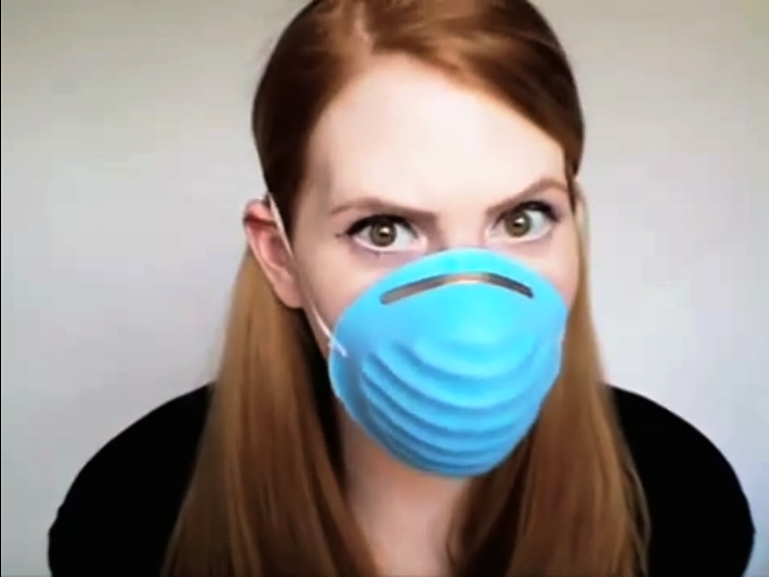While we are at the height of the flu season recent news of the Novel Coronavirus has captured the world’s attention and concern. This rapidly evolving news has left many in the dark about the virus. As a result, there are many questions circulating about the virus and what human resources can do to keep their workplaces healthy.
Many of HR C-Suite’s readers work worldwide for global companies and/or are US based concerned about the spread of the virus. Here is what we’ve learned so far in this evolving concern:
Common Questions:
- What is the virus and where did it come from?
According to the Centers for Disease Control and Prevention (CDC), the Novel Coronavirus is the cause of an outbreak of respiratory illness.
The outbreak was first identified in Wuhan, China. Authorities have confirmed thousands of cases in China. At this point, additional cases are now identified in International locations and in the US (California, Washington, Arizona and Illinois).
2. How is the virus transmitted and how contagious is it?
The concerning part of this story is that there is still little known about how its transmitted. It was first thought that the virus was transmitted from animal to human, first originating from a large seafood and live animal market in China. However, there appears to be evidence that it is spreading from person to person.
It is currently thought that transmission may occur through respiratory droplets that is produced when an infected person coughs or sneezes, much like how the flu is spread. Not much is known at this point if it can be contracted by touching infected surfaces and then touching the nose, mouth or eyes.
3. What are the symptoms and how deadly is this virus?
It is not fully clear what impact this virus has. Symptoms currently reported ranges from minor to severely ill and dying. Reported symptoms include fever, cough and shortness of breath. The CDC has labeled the risk as a very serious public health risk.
We will update this as we learn more from the CDC in its ongoing investigation.
4. How can the spread of the virus be prevented?
The CDC recommends the following everyday actions to prevent inflection.
- Wash your hands often with soap and water for at least 20 sections. Or if soap is not available use alcohol-based hand sanitizer that contains at least 60% alcohol. My favorite personal practice is to have hand sanitizer in my car and use it after fueling the car or touching public doors such as the store or post office.
- Avoid touching your eyes, nose and mouth with unwashed hands.
- Avoid close contact with people who are sick.
- Stay home when you are sick. I will also add to encourage employees to stay home when they are sick.
- Cover your cough or sneeze.
- Clean and disinfect frequently objects and surfaces.
5. What can I do for employees who travel to/from China or have been exposed to the virus?
Right now, China has shut down transport within and out of infected cities which include buses, subways, trains, and the airport. What you can do right now is minimize the need for travel and enable virtual communication through technology if possible.
If you have employees who were in China and feel sick with symptoms such as fever, cough or difficulty breathing encourage them to seek medical care immediately. They should avoid contact with others and not travel while sick.
We’ve linked to the CDC’s travel guidance resource below.
Other Steps Employers Can Take:
- Revisit safety and illness policies and practices
It is unfortunate that it takes news such as the Novel Coronavirus to spur preventative thinking. Even if this virus doesn’t become as widespread or deadly, it is always a good idea to revisit those old workplace safety and illness policies and practices.
Make sure you and your leaders are clear on what to do should there be infectious disease concerns of any kind. Fast, consistent and compassionate action can prevent disaster.
2. Make it safe to stay home when sick
Often employees will come into work when sick for fear of job reprisal or reprimand. But during times of high infection possibilities even if just during the flu season it is a good idea to encourage employees to stay home and make it safe for them to do so.
3. Refer to the medical experts
There is no sense in spreading misinformation or panic in the workplace when the symptoms disclosed by employees may be nothing more than the common cold. Resist overreacting and/or spreading misinformation. Refer to medical experts when asked questions about diagnosis or medical opinion.
4. Consider Work From Home Options
During times of high potential of spreading infectious viruses consider a work from home options if possible.
5. Practice Consistency
Be careful not to inadvertently discriminate against one group over another such as those of a certain national origin. Employers must apply policies consistently. We’ve linked the EEOC’s guidelines below.
Additional Resources
We also encourage you to check out these free resources for more information and guidance:
- Centers for Disease Control and Prevention – 2019 Novel Coronavirus
- Travel Advisory Guidance - CDC
- Pandemic Preparedness Guidance: Equal Employment Opportunity Commission (EEOC)
While it is our hope this doesn’t become further widespread or deadly, we should always have a preventative mindset to achieve healthy workplaces. Let us know if you have further questions or suggestions in the comments below.
Latest posts by Tresha Moreland (see all)
- Recession 2008 Versus 2024: Lessons Learned and Key Workforce Differences - April 24, 2024
- Why Layoffs Fall Short: Embracing a Holistic Approach to Cost Savings - April 21, 2024
- Find Your Anchor In A Sea Of Fear - April 18, 2024













